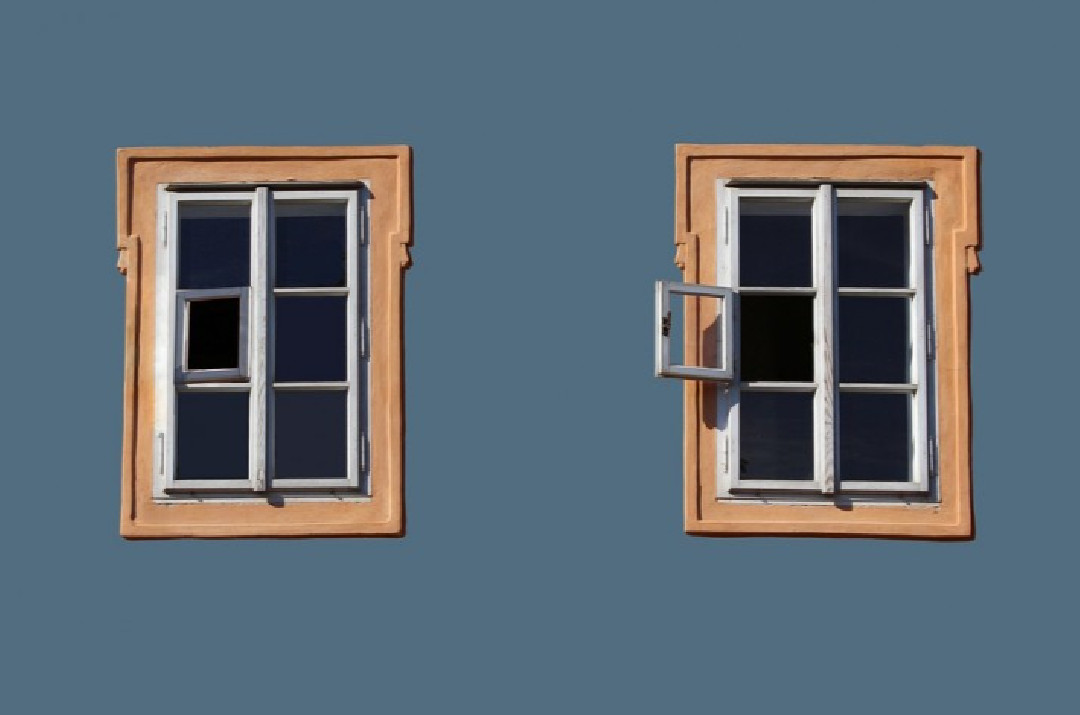Step By Step Process To Measure Curtains for Windows
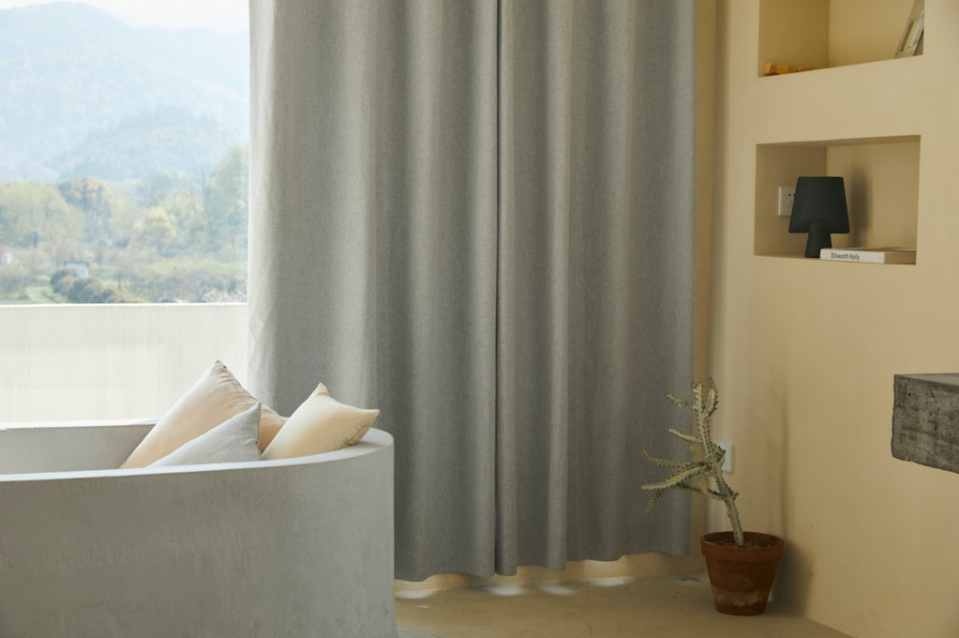
photo source : unsplash.com
Whether your curtains close to block out light for privacy or frame the window, they must be sized correctly to look their best. This is true for both a ready-made curtain or custom drapes.
To achieve a stylish finish, the curtains should have two to three times more width than the window casing. Ensure they will not touch the floor (this is called puddling). In this article, we will discuss the most common problem: how to measure curtains for windows ? Here are some steps, follow them:
Length
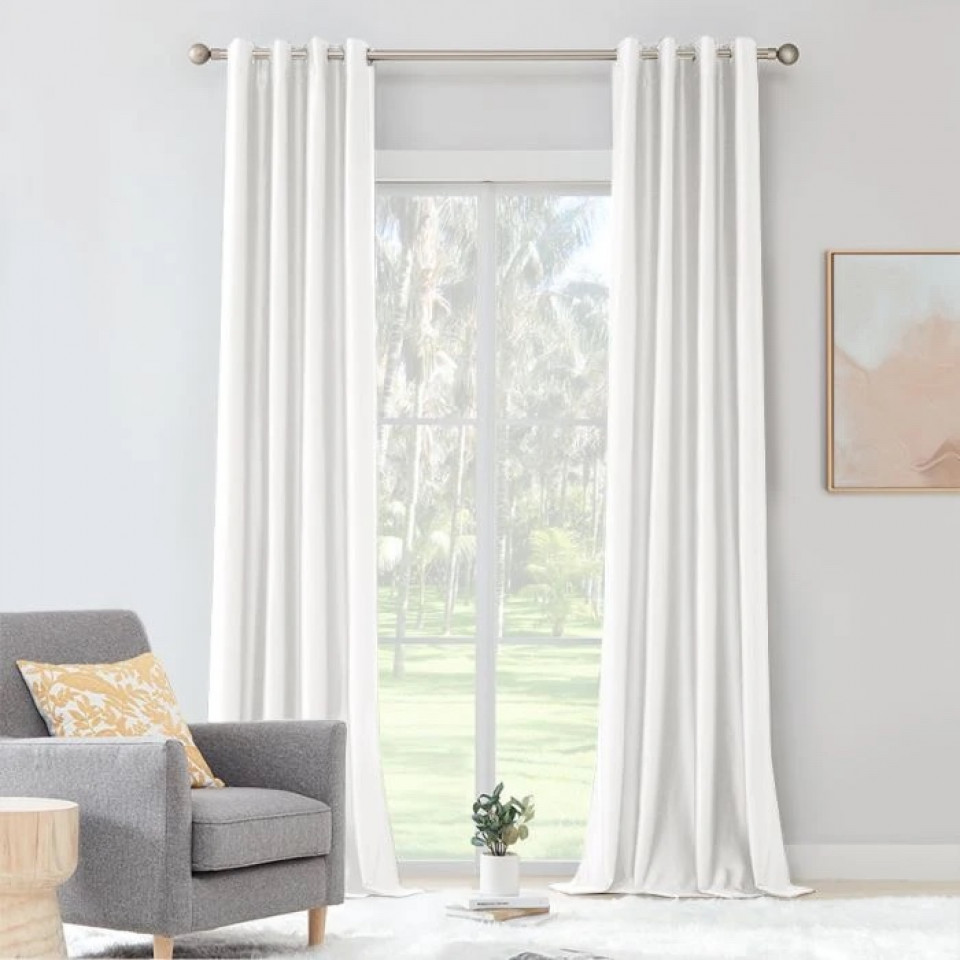
photo source : curtarra.com
The length of curtains can change the look and feel of any room. The general rule is that your curtain width should be at least twice the window size to achieve a full appearance. However, this varies by style and fabric. For example, if you have chosen pencil pleated panels that will puddle on the floor, you may want to add more than this. Puddling can create a tripping hazard and also will collect dust and debris more easily. Curtains that will be opened and closed frequently should not have a puddle as they make them more difficult to open and close.
To measure the length, start at the top of your window frame or trim and mark down to where you wish your curtains to hang. This could be the bottom of the window sill or floor – depending on your preference. Be sure to take this into account if you will be adding in a cornice board or pelmet box.
Some people prefer to have their curtains sit a few inches above the floor. This will allow natural light to enter the room and will prevent them from blocking your view of the outside world. This is a great choice for rooms that don't get much sunlight or for those who like to keep their home more neutral and minimal in style.
Width
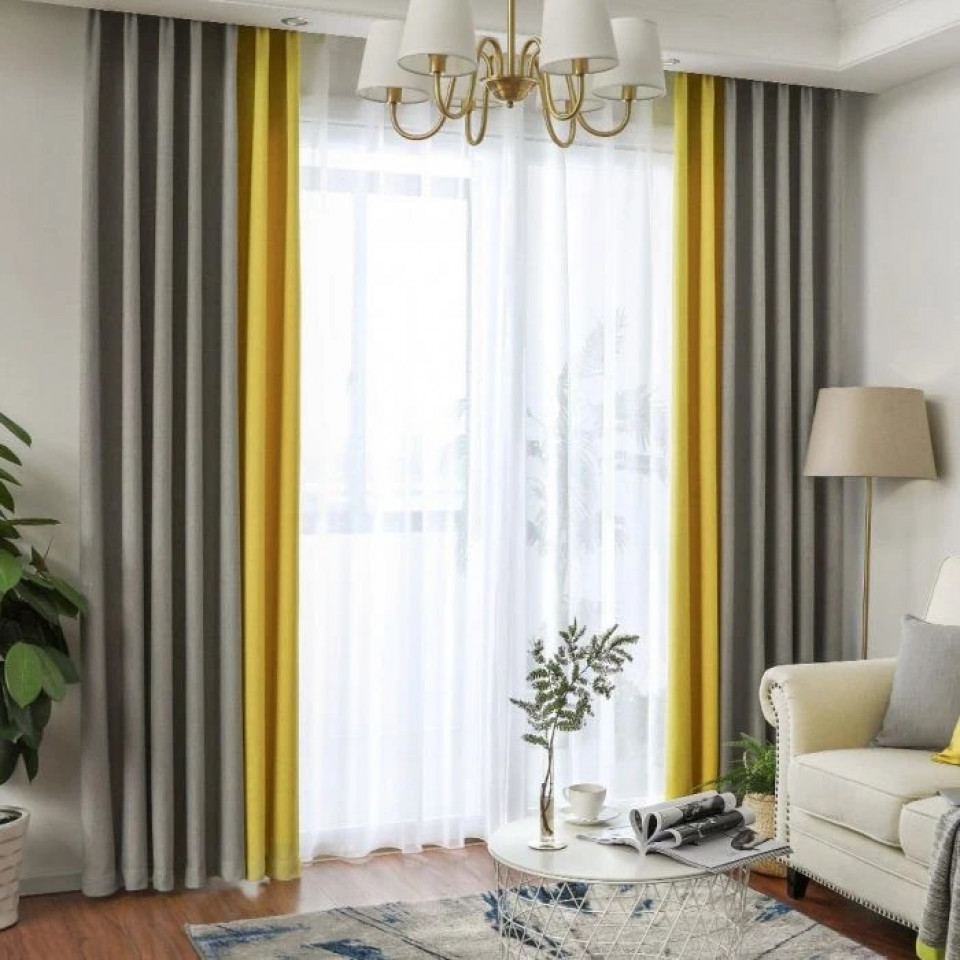
photo source : curtarra.com
Curtains are more than just a window covering, they can tie a room together and add a sophisticated aesthetic to any space. To achieve the look you want, curtains need to be properly sized and mounted. This is not as easy as it seems, and it requires a good metal measuring tape (fabric versions can stretch) as well as a step ladder to get the most accurate measurements.
First, you need to decide what kind of drapery you want — decorative panels that frame a window or curtains that close to cover the entire window when closed. Once you’ve decided this, the next step is to determine the width of your curtain.
Generally, curtains should be at least 1.5 times the width of your window. However, for a more generous fullness, multiple by two or even three. This will depend on the style you choose and whether you want a formal living room curtain or a more casual bedroom curtain.
To measure the width of your curtains, use a metal tape or yardstick. Take the width of your window, then add 12 inches on each side for a total of 24 inches. If you’re going with a rod, don’t include the diameter of finials or brackets. Typically, the rod will be 6 to 12 inches longer than your measurement for proper hanging.
Height
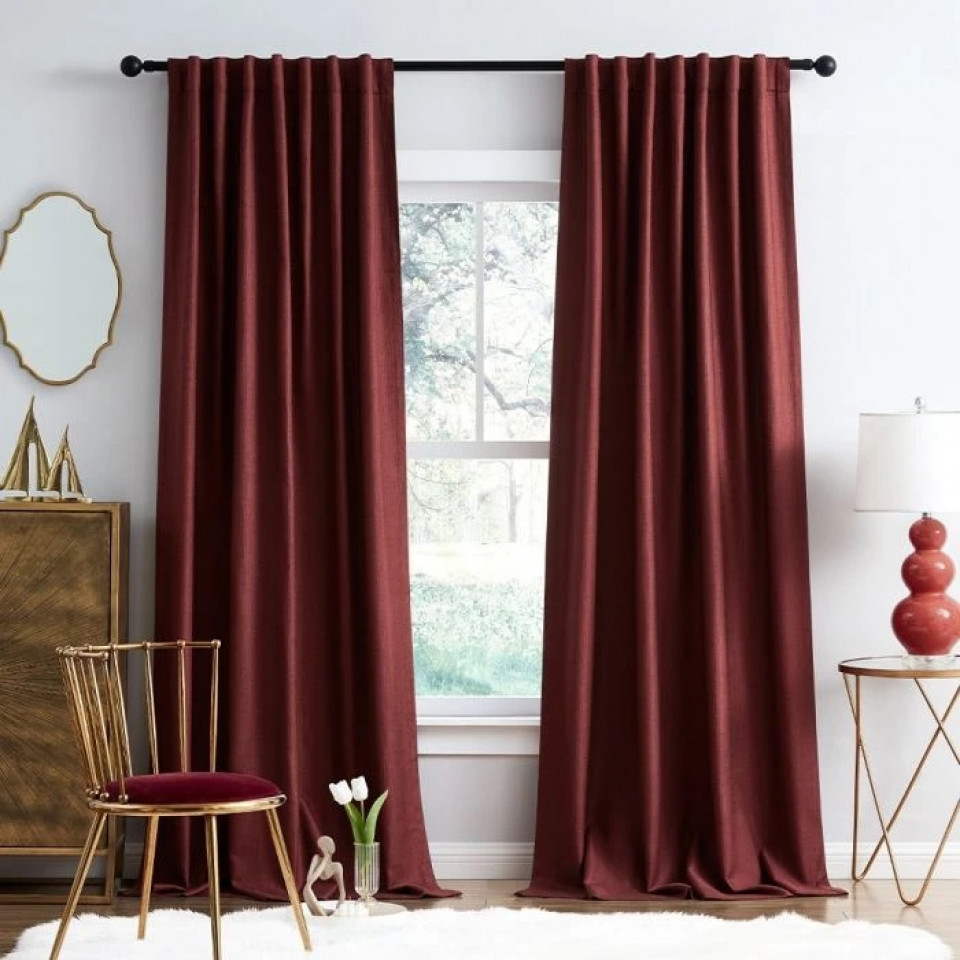
photo source : curtarra.com
Curtains can make or break a room. They can help frame a window and add drama to the space or they can be used as an alternative to blinds and offer an element of privacy. Whether you’re after a formal look or a relaxed, casual aesthetic, the right height is critical to ensuring your curtains create a polished, sophisticated feel.
The correct height will also depend on whether your curtains are working (moving open and closed) or stationary. If they are working, you will want them to hang just above the floor so that the fabric doesn’t touch it when opened or closed and isn’t prone to added friction due to the movement. Depending on the style of curtain, they may break anywhere from a 1/4" to 1/2" from the floor.
If your curtains aren’t going to be working, the ideal height is higher than the top of the window sill or below it for a sill drop, or even above the window frame for an apron drop. The best height will depend on the look you are after and is largely up to personal taste.
When ordering grommet or rod pocket style curtains, they will need to be 2 to 2.5 times the width of the window(rod) for a full appearance. If you’re ordering a French pleated or Tailored pleat style, they have built-in 2:1 to 2.2:1 fullness that will provide an adequate amount of coverage regardless of the window(rod) width.
Style
Curtains add a polished look to a room and can be a major focal point, so you want to make sure your window treatments are the right size. The width of your curtains will depend on the style you choose, whether they’re decorative panels that hang at the side of a window or drapes that close and cover the entire window when they’re closed.
Generally, curtains and drapes need to be at least twice as wide as the window width in order to have a full appearance when they are hanging. However, some types of curtain fabric such as lace or pinch pleated draperies may need even more width than this to achieve the desired look.
To determine the ideal width for your curtains, measure from one side of the window casing to the other and add 6" per side or 12" in total. This will give you the widest measurement possible for your curtains. Now take this number and divide it by the number of curtains you wish to order (this is usually two). This will give you the minimum width for each panel of your curtains.
Conclusion:
Keep in mind that if you have your curtains custom-made, the fabric will already have the appropriate fullness built into them, so you don’t need to add this additional width. However, it’s a good idea to still use this method for measuring so that you can be confident your curtains will fit properly.


